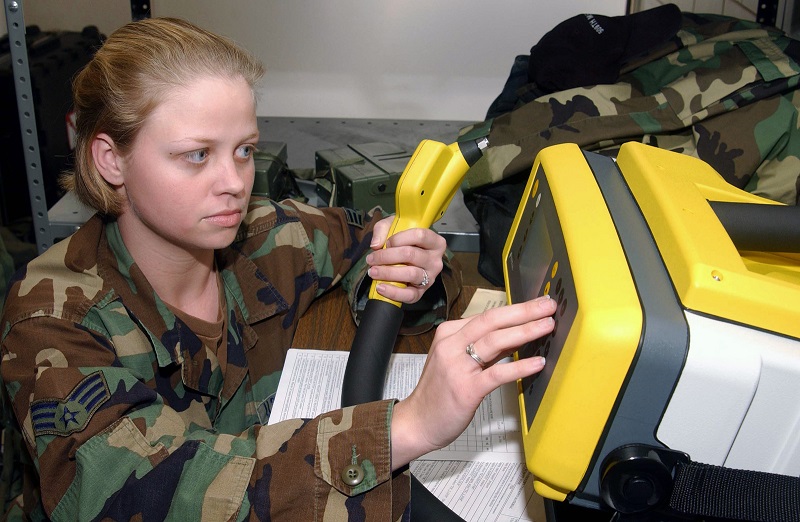
This post is also available in:
 עברית (Hebrew)
עברית (Hebrew)
The US Army Installations Strategy published in December 2020 leans heavily on Internet of Things technologies, which collect data about people, machines, and climate around them, and then make that data accessible. The ultimate goal is to improve base life so as to better support multi-domain operations.
Data-driven “Smart Cities” networks could make Army bases more efficient, safe, and livable — but the Army needs to make sure they aren’t as vulnerable to cyber attack as civilian Internet of Things technologies have proven to be. As the Army incorporates more technology and smart-cities infrastructure, it is introducing new vulnerabilities to the installation via cyber-physical threats.
Acknowledging the risks from the start is crucial if the Army is to proceed with its new Installations Strategy. It’s much easier to build safeguards in from the beginning than to try to bolt them on after the fact.
For now, the Army is working on pilot programs, like the Virtual Testbed for Installation Mission Effectiveness (VTIME), which will gather existing data streams and offer them in a useful virtual console. The data will cover everything, from mold detection to building energy use and water treatment, to possible accommodation for autonomous vehicles. The console will give garrison commanders a tool that allows them to understand and assess risk to a base for everything from environmental health to explosive blasts.
Crucial to this entire project is network security, which will allow the smooth functioning of on-base sensors and the long-reaching deployments of cyber effects from Army bases.
“The end state is this modern and resilient army, and sustainable installations that enhance readiness and position us for that MDO [Multi-Domain Operations] battlespace that we understand,” said Andrew Nelson, director of the Army Engineer Research and Development Center’s International Research Office in London, cited by breakingdefense.com.

























